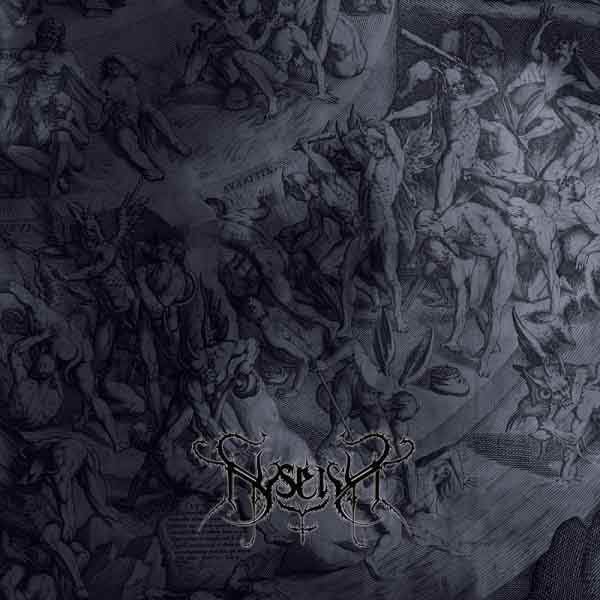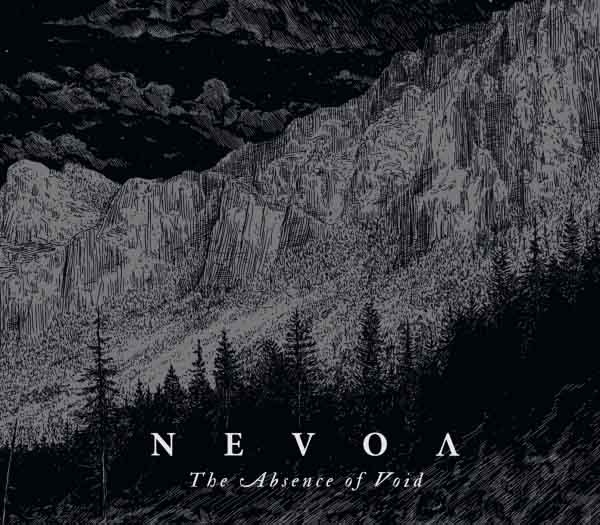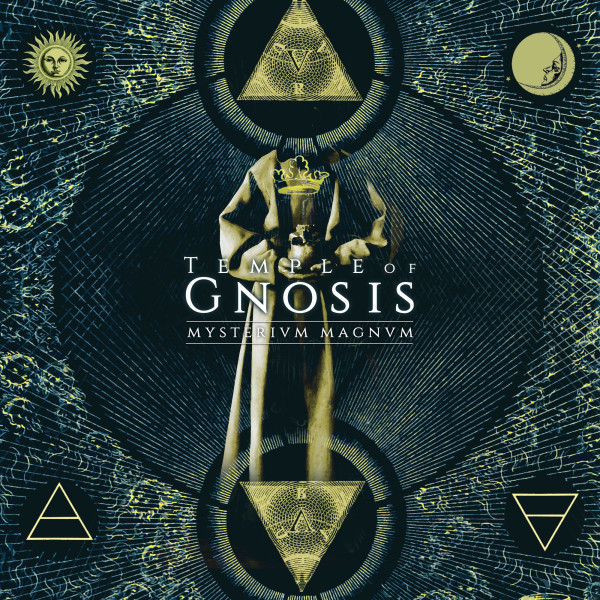Playing a so-called melodic death metal in the vein of Insomnium, Chronicles try to step up onto the pop metal stage the . Infused with alternative metal inspirations and backed by keyboards playing standard progressions and happy-inspirational melodies, the only thing that tells us this is a metal release is that the drums are intense and that the vocals are growls. The squeaky-clean production is enviable and on par with pop metal divas Nightwish. The way the music elements are carried, the contrast between sections that serve as verse-chorus rather than phrasal progressions place this squarely in the pop modality. The percussive riff carrying the voice, the single-mindedness of the contrasting riffs also point towards a metalcore inspiration. By the third track (which is actually the second song in the album) they have already introduced mellow and comforting young-man vocals. In line with the modern tradition, when attempting to create variety, the band introduces incoherence in their music. Song’s are basically a long “inspirational melody” intro, pointless verse-chorus exchange, incoherent bridge and unrelated outro and/or verse chorus.
M.H.X.’s Chronicles have managed to unite in Infinite Ocean the diva-esque attitude of Nightwish, the boring melodic-based flatness of Insomnuim, the superficial pretentiousness of Epica and the easy-catchy, dumbed-down songwriting of metalcore inspired on Slaughter of the Soul. In other words we have here the summary of modern metal pop banality.
2 CommentsTags: 2015, Epica, Infinite Ocean, Insomnium, M.H.X's Chronicles, Melodic Death Metal, metalcore, Nightwish, rock, Slaughter of the Soul











